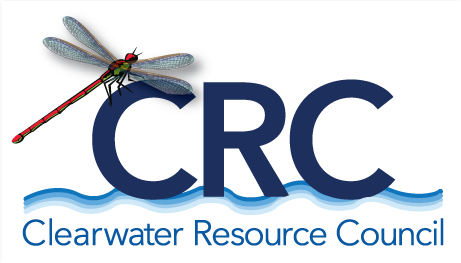Water Quality Source Tracking
E. coli is a type of bacteria that is most commonly found in the intestines of warm blooded animals. It is also known as an “indicator bacteria” because its presence in water can indicate fecal contamination from warm blooded animals such as deer, geese, dogs, and/or humans. The amount of E. coli in a body of water is an important indicator of water quality. However, E. coli testing is somewhat limited because it cannot definitively determine the source of the fecal contamination (i.e. whether it originated from humans or deer). Ultimately, the data collected will be used to assist the Seeley Lake Sewer District as it develops plans for improving wastewater management related to septic leachate.
Figure 1
Microbial source tracking (MST) is a scientific method that can be used to identify the source of fecal bacteria in water. In other words, scientists are able to confirm the source of fecal contamination in a body of water by looking for DNA markers that are unique to a particular animal. Results from microbial source tracking show a clear and quantitative comparison of the potential fecal contamination sources.
The image (figure 1) shows an overview of the MST process. In this hypothetical example; 45% of the fecal contamination is coming from humans, 16% from geese, 24% from deer, 7% from dogs, and 8% from all other sources.
Click here for more information about CRC’s microbial source tracking plan.

